I trust that both regular readers of Headphone.Guru and the intrepid denizens of the personal audio space are no strangers to Dan Clark Audio (DCA) and their acclaimed stable of planar magnetic headphones. The focus of this bit, the DCA NOIRE X Closed-Back Planar Magnetic headphone ($1099) has basked in its own chorus of praise over the past year. Here, I’ll offer my experience with this accomplished pair, the California-based builder’s midrange closed-back offering.
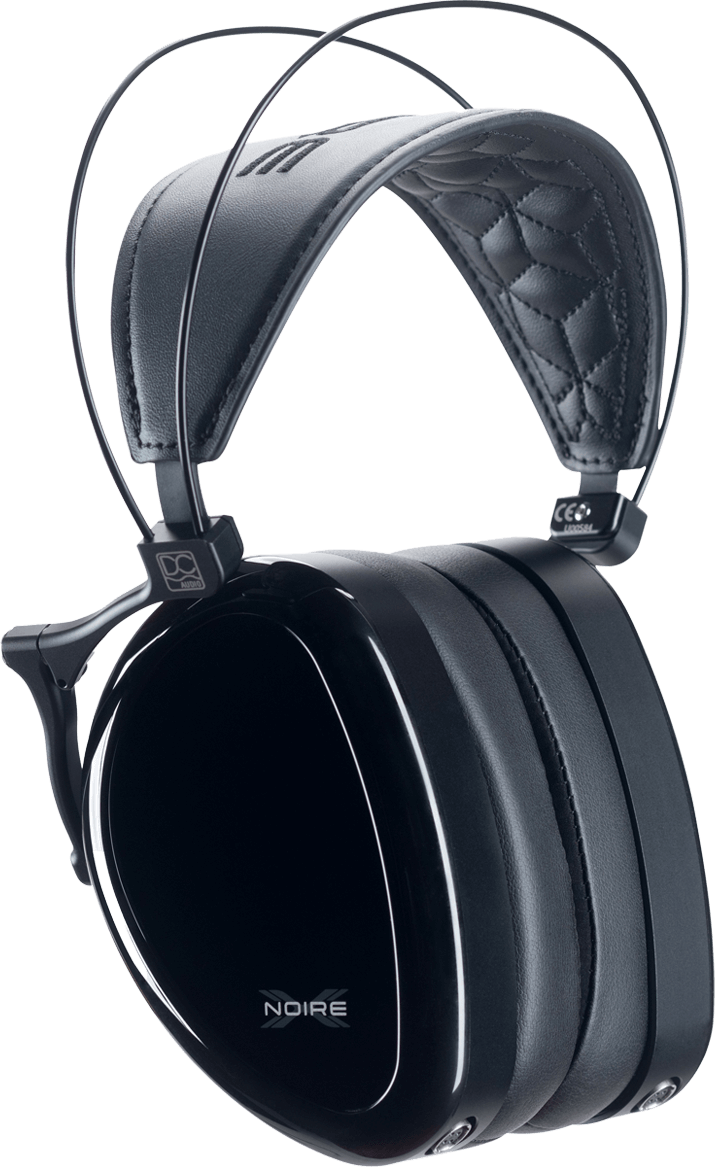
For Your Ears Only
There are as many ideas regarding system building as there are listeners. This is good. Where to invest heavily is one question we each must answer. I have found, and was again reminded by the subject of this report, that it may not be the best-measured or most dear that best serve our listening ritual. More on this later. If our systems consistently move us to shake our tail, if they affect us, then perhaps we needn’t seek something more. More music aside, of course. Like some other builders, DCA’s technical advancements trickle down from their top offerings. The NOIRE X is a good example of the many benefits of this approach. If the bleeding-edge is the choice, it will require not only means, but a triathlete’s endurance. I think the headspace has matured enough now that many can find great satisfaction without chasing that dragon. We only need to look back at the larger hifi landscape for inspiration. One example: for some time, between two speakers, both vintage and vintage-inspired designs have been embraced by many of the big-eared folk.
Design and Use
I will keep this brief, as the technical details have been covered here and elsewhere on Headphone.Guru. The DCA NOIRE X are relatively compact, foldable headphones that, beyond their exemplary sonics, offer much of what this listener needs. I happen to dig the sleek, minimalist look, all dressed in black, ear cups shielded by Gorilla Glass. These will require regular maintenance to keep the fingerprints away. The quilted, self-tensioning headband I found to be exceptionally comfortable. It was rare that I thought about comfort during long listening sessions. The replaceable earpads matched the overall comfort, and their gentle pressure, combined with the even weight (385g) distribution across the headband, left me free to consider sonics. The synthetic leather stayed cool, and the upgraded memory foam in the pads is reported to extend their usefulness. Time will tell. I remain a fan of their choice of cable connectors. Removal and reconnection were quick and secure. The stock rubber-sheathed cable is lightweight and not microphonic. The length (2m) suits my setup just fine. I’ve a fairly large head and ears, and also wear glasses, and had no issues with fit or with the pads seal being broken.
The driver is an upgraded descendant of the Aeon, and the NOIRE X inherited the AMTS system from further up DCA’s line. These enhancements, by my ears, push this midrange headphone to surprising heights. While I’ve yet to spend time with their Stealth or E3 headphones (I do intend to), I could be happy living with the NOIRE X.
What kind of idea are you?
The Observer? The Dancer?
I’d guess we are each a bit of both, though I tend to list precariously toward the latter. I want to experience the music, not the system. While I, too, love our dear components, they remain a means to an end. Catalysts. They facilitate this ritual of listening, or at its loftiest, connection.
Our experience of any component’s performance is, of course, influenced by the system in which it resides. After more than a decade of experimentation and countless hours listening, I’ve settled with a group of components not new to me, but in a more recent configuration. It is one I find deeply satisfying. For this brief adventure, I followed the stream, as it were, though physical media remains something I pursue. On that: If you’re looking for just one bit of kit that can remove the artifacts that plague streaming audio, the CD transport is one choice I’d heartily recommend.
The Loadout
Win11/Qobuz – Schiit Yggdrasil (v1+Analog2+Gen5USB) – Enleum AMP-23R – AudioQuest power products and cable
Enleum AMP-23R

The Enleum AMP-23R was Bakoon International’s successor’s opening statement, further advancing a design approach decades in the making. An innovative approach that gathered acclaim, awards, and many satisfied listeners. After years of play, it remains my reference, is currently at the center of my desktop system, and stands among the short list of components that are Keepers. As my needs demand, it delivers on all points. In short, the AMP-23R speaks with a sophisticated, articulate, radiant voice that maintains unwavering tonal fidelity, as well as a quiet, illuminated presence and nimble grip on well-matched loudspeakers and most headphones.
Schiit Yggdrasil
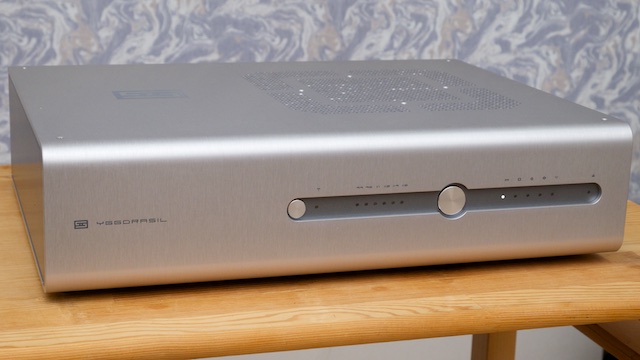
Perhaps you’ve heard this one: Schiit Audio’s Yggdrasil is slow to wake. It does, also, reward patience. After six months in storage, this machine took hundreds of hours to return to its optimal operating state, to limber up. Listening each day, I encountered all manner of wonky. Only after one month running did the California-bred beast reclaim its full voice. A voice I continue to admire and enjoy, though many, including its makers, have, understandably, moved on. Not this listener. The brushed aluminum-clad DAC sings in a way that resonates. Breath and body. Bellow and flow. In harmony with my other components, it croons, stomps, and swings in a way that is endlessly captivating. For one, the sense of drive and force, its lower center of gravity, reinforced by the AMP-23R’s similar posture, echoes that of my currently stowed analog chain: the PTP Audio Solid9, Sorane SA1.2 arm, and Aurorasound VIDA MKI phono amplifier. I suppose I’d sit comfortably among the Idlerfolken. More to the point, a system’s dynamic expression is the first thing my body responds to when listening.
The Dance
While the NOIRE X won’t match their open-backed siblings with scale, I sensed little resistance within. When the recording provided, the stage stood untethered from both head and ‘phones, reaching beyond my ears. This lack of compression further enhanced their responsive nature, delivering convincing dynamic expression, whether it be the gentle touch of plucked mandolin, mighty orchestral swell, or big band jump. This remarkable elasticity echoes that of the AMP-23R, and together they are a thrill, no matter the music.
The witty, loose groove of Kirk Knuffke’s Lamplighter band, the meandering, sonorous swing of Duke Ellington’s “Ellington Indigos” recording, or the frenetic, electrifying deep pocket of Critter’s Buggin’s “Guest”, each in their own way were galvanizing. The NOIRE X’s low distortion and speed, in sync with the Yggdrasil and AMP-23R, projected remarkable depth of stage, Ellington’s mono recording from 1958 (I also have an original mono pressing) being just one example. The NOIRE X opened a clear window to the back of the projected stage, allowing me to feel the touch and drive of the drum kit without bringing them closer. This kind of immediacy and clarity lends to that feeling of being the microphone. Fine detail is on offer, though never at the cost of coherence, or in the case of these early improvised mono recordings, a fracturing of the group dynamic. The headphone, regardless of context, danced along with each of these master performers, yet kept my focus on the melody, along with the insistent swing and swagger of the band as a whole. No small feat.
The soundtrack for a shop full of future-past clockwork toys coming out to play after closing. This is the image “John Zorn’s Bagatelles Vol.4”, as imagined and performed by Ikue Mori, created in my mind. Abyssal, simulated stages, repetitive melodic lines drifting up out of the darkness. Synthetic, yet touchy textures, stretching and yawning toward me. Each track further illustrated the quiet nature, the speed, control, and wide bandwidth on offer. I hear the NOIRE X’s voice as one finely balanced and linear across the audible spectrum.
Timbral nuance and tonal fidelity are unwavering, acoustic instruments and electronics each retaining their unique character and presence within complex mixes like Talk Talk’s “Spirit of Eden”, Bjork’s “Biophilia”, or Stravinsky’s “The Firebird”. The lack of artifacts among the high frequencies lends uncanny texture to well-recorded vocals, without highlighting the extremes. Ride cymbals sound like the five pounds of hammered alloy that they are. The high frequencies maintain their weight and character. The NOIRE X illuminates the AMP-23R’s many talents. All of this in what is a fairly easy load (13ohm – 94db/mw), that doesn’t require several watts to get them singing. That said, I encourage you to strap the Dan Clark Audio NOIRE X to superb amplification and see what happens.
A Sort of Homecoming
Several years back, I spent some time with the original DCA AEON and enjoyed it. I did struggle with what I’d heard as a synthetic high-frequency texture, though we could also attribute that to what was then my source and amplifier. Since that time, I’ve engaged more with dynamic driver headphones, as I was happy to trade off other attributes for convincing dynamic expression and tone. Trades were required, as the budget demanded. Today, we are most fortunate to have headphones like the Dan Clark Audio NOIRE X that meet high expectations, and in so many facets of its performance, yet remain within reach. This $1,100 price range is quite competitive. The NOIRE X is a worthy competitor. Any component, much like our beloved performers, that can transcend mechanics and broadcast the larger idea and feeling is one worth experiencing. The Dan Clark Audio NOIRE X is one headphone I’d happily recommend.
Price:$1,099.99
Manufacturer’s Website:https://danclarkaudio.com/noirex.html


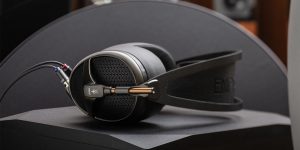

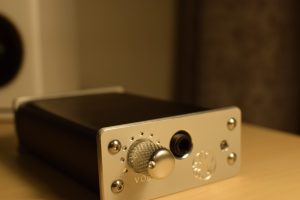
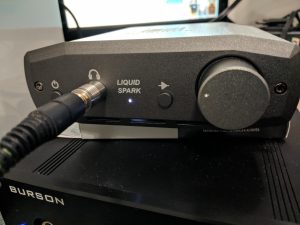
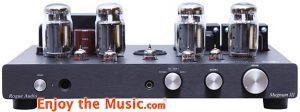







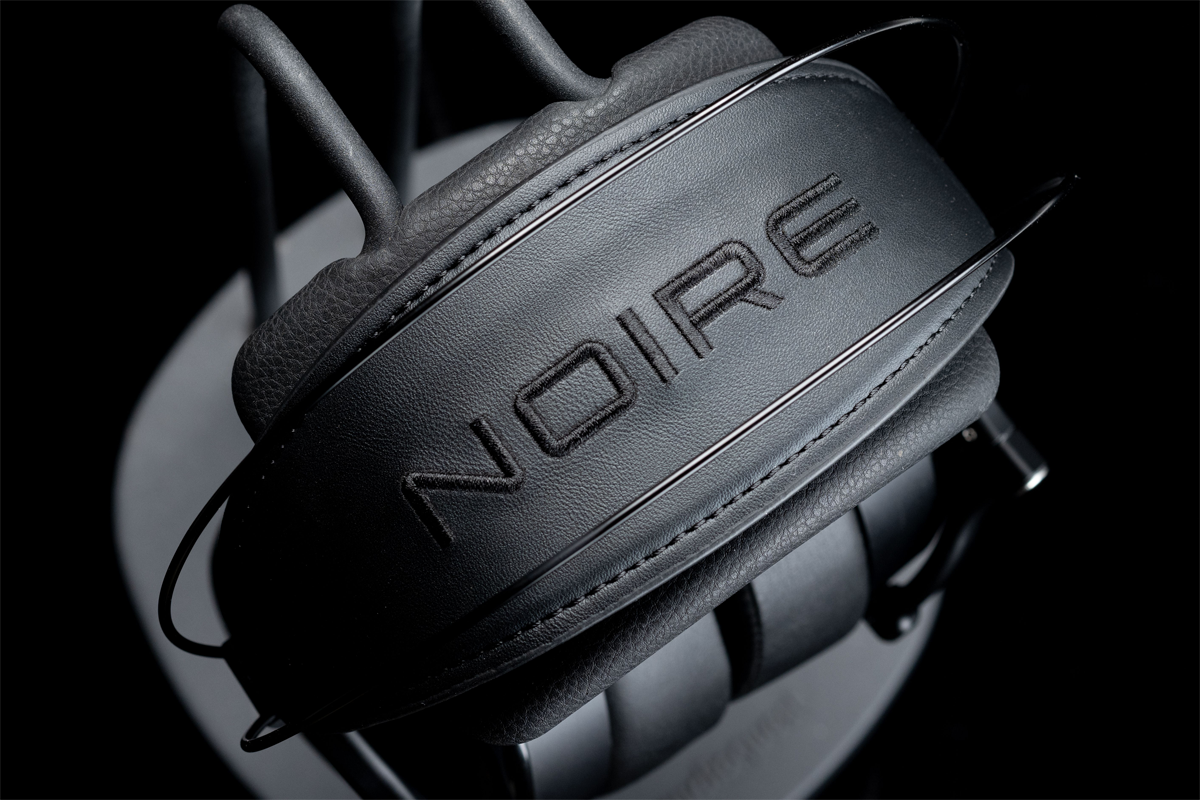
Want to join discussion?
Feel free to contribute!